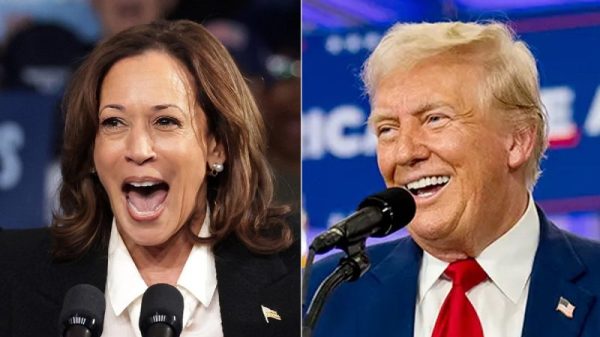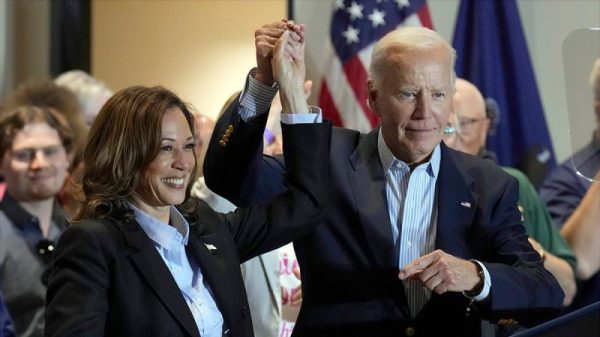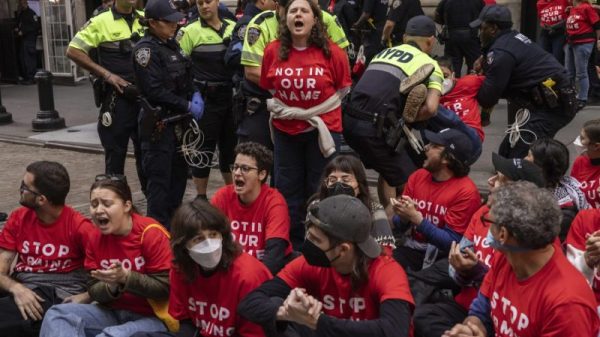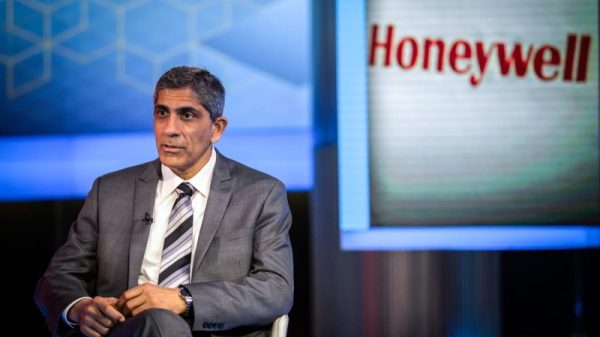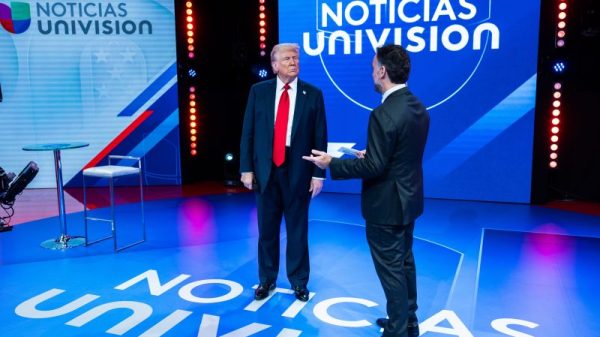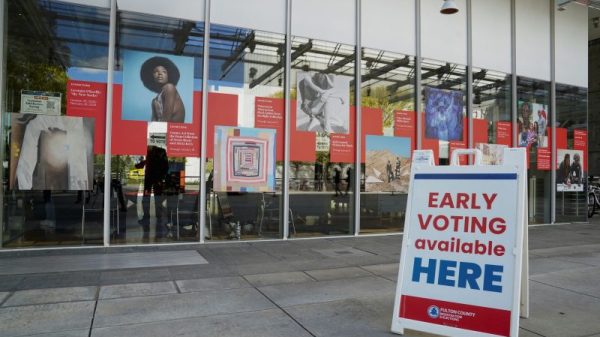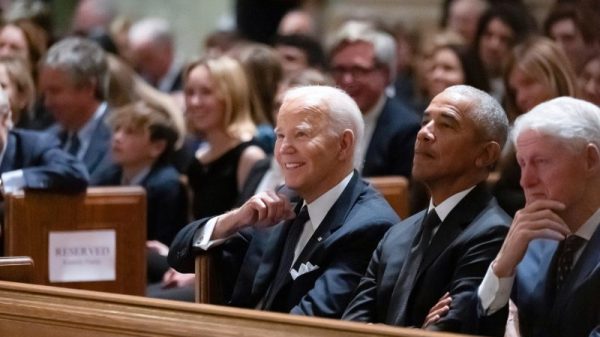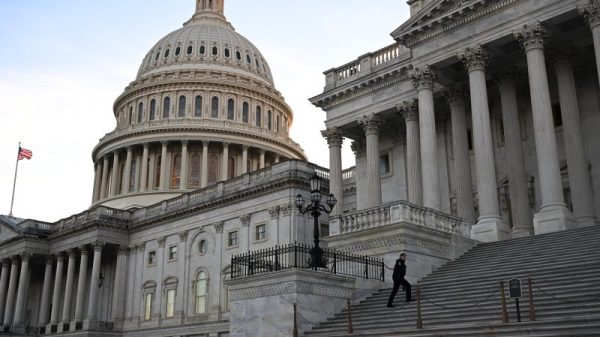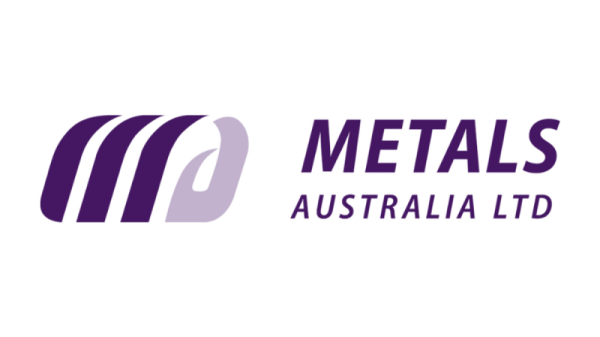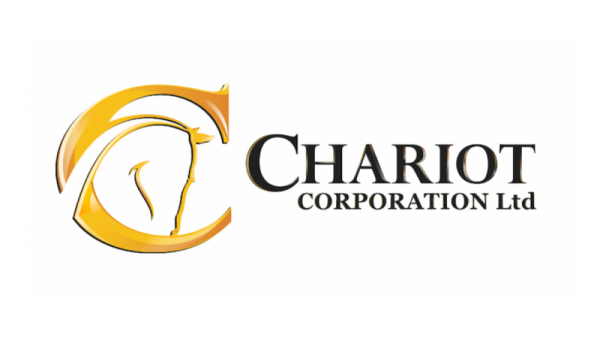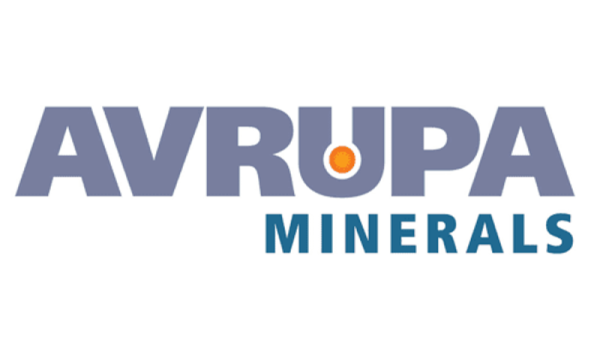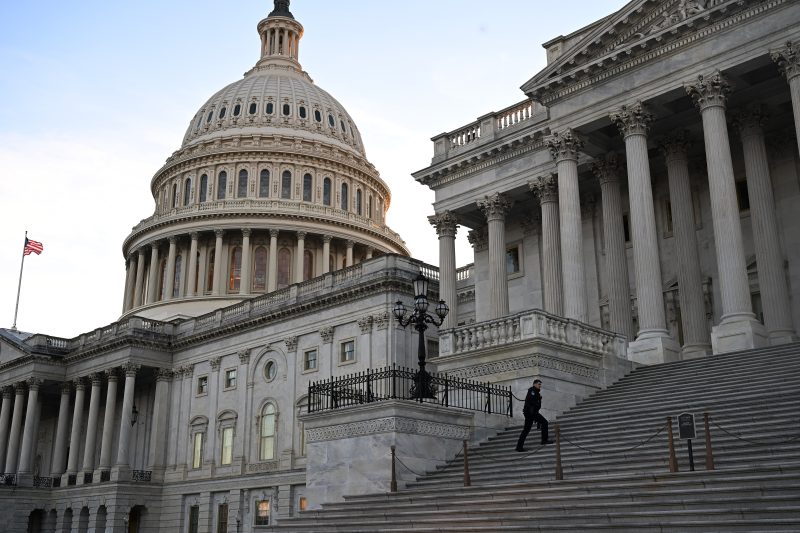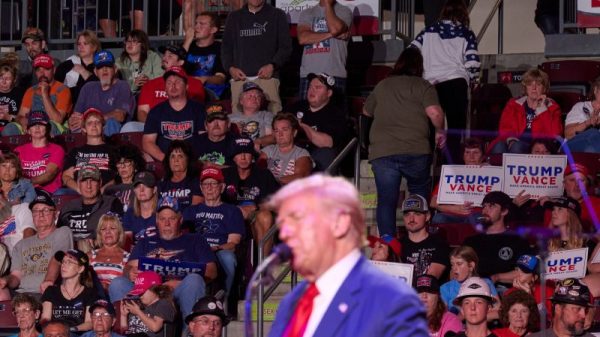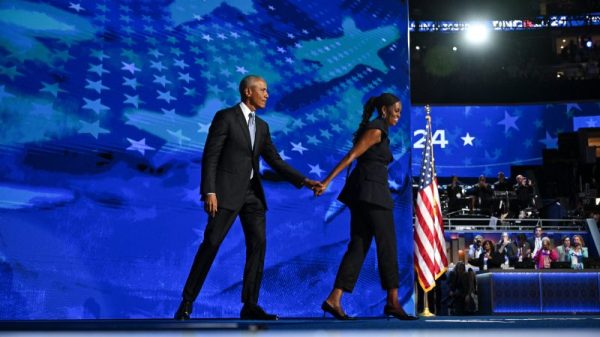Powered by small-dollar donors, Democrats have seized control of the fundraising game in the battle for the House and the Senate, leaving Republicans at a disadvantage — and increasingly reliant on a small clutch of mega-rich donors.
In 25 of the 26 most competitive House races, the Democratic candidate raised more than the Republican in the third quarter, including 16 races in which the Democrat raised at least double their GOP candidate, according to a Washington Post analysis of reports filed Tuesday to the Federal Election Commission.
In the Senate, Republican candidates trailed their opponent in all 11 of the most competitive races. In eight of those, the Democratic campaign more that doubled the financial haul of the GOP campaign, including three that tripled their margin.
This translated into a massive spending advantage in which Democratic House candidates in those 26 battlegrounds spent almost $92 million from July through September — more than double what their Republican counterparts spent.
In the key Senate races, Republicans got outspent by more than 150 percent by their 10 Democratic and one independent opponents. And Democratic candidates for both chambers still maintained a slight cash-on-hand advantage at the end of September.
A tight race
Despite this advantage, the battle for control of Congress remains at a razor’s edge in both chambers.
A shift of four seats in the House would hand Democrats the majority, but toss-up races, as defined by the Cook Political Report With Amy Walter, almost split evenly at this point: 14 are currently held by Republicans, 12 by Democrats.
With Senate Democrats conceding the seat of retiring Sen. Joe Manchin III (I-W.Va.) to Republicans, the GOP needs a net gain of just one additional seat to assure they will reclaim the majority for the first time in four years. Of those 11 key races, the Democratic caucus holds eight, including seats in conservative-friendly Montana and Ohio.
Any number of factors could tip the balance in either direction, including whether Vice President Kamala Harris or Republican nominee Donald Trump break away to a clear win at the top of the ticket. If the Senate ends up tied 50-50, the presidential contest will decide the majority as the new vice president serves as the tiebreaker.
Democrats have learned that massive fundraising does not guarantee victory. In 2020, three of their Senate candidates set fundraising records in Kentucky, Maine and South Carolina, about $300 million combined, and all three lost by big margins.
But GOP leaders have been concerned about their cash problems for several years. Rep. Richard Hudson (N.C.), chair of the National Republican Congressional Committee, has issued public and private warnings about the cash disadvantage for GOP candidates.
In a recent interview, Hudson said Republicans are performing better financially now than in 2022, when those campaign cash deficits led to key defeats that only left their party with a narrow majority that empowered a small hard-right faction to clash with leadership.
Democrats, meanwhile, remain cautiously optimistic about their fundraising advantage. Their candidates “have the resources to talk to voters and hold Republicans accountable for their positions,” Rep. Suzan DelBene (Wash.), chair of the Democratic Congressional Campaign Committee, said in a recent interview.
Enter the megadonors
To make up for this disparity, Republicans have relied on mega-rich donors who write seven- and eight-figure checks to the Congressional Leadership Fund, the House GOP super PAC, and the Senate Leadership Fund, the Senate GOP super PAC.
Early Wednesday, the CLF announced it had dropped $12 million into TV and digital advertising to defend at least 10 House Republican incumbents who are facing the most difficult races this fall.
On Tuesday, the SLF reported raising $115.7 million for the third quarter, including $30 million combined from a pair of billionaire hedge fund managers, Ken Griffin and Paul Singer. Miriam Adelson, the owner of the Las Vegas Sands casino conglomerate, has donated $15 million to the SLF.
The super PAC had $112.3 million on hand at the start of the month, as it expanded its advertising beyond its initial targets of Sens. Sherrod Brown (D-Ohio) and Jon Tester (D-Mont.) into campaigns against Democratic senators in Michigan, Wisconsin and Pennsylvania.
Democratic super PACs have never had the same success with those types of donations. The top contributors to the Senate Majority PAC, closely aligned with Majority Leader Charles E. Schumer (D-N.Y.), have given $6 million and $5 million. Those donations were from Chicago entrepreneur Fred Eychaner and Michelle Chan, the sister-in-law of Facebook founder Mark Zuckerberg, respectively.
The SMP has remained competitive with its Republican counterpart, raising $119.1 million in the third quarter and beginning the final five-week push to Election Day with $108.9 million on hand.
An uneven ad race
Veteran strategists in both parties know, however, that every political dollar is not worth the same amount.
Federal law requires TV stations to offer individual campaigns the cheapest advertising rates and the best time slots for airing those ads, while national party committees and outside super PACs pay about twice as much and do not get the prime opportunities.
As a result, super PACs can appear to even the financial battle, but in reality the candidates can get more ads from their dollars than those outside groups.
In Michigan, for example, Republicans have spent or reserved more than $94 million to benefit their candidate, Mike Rogers, to about $87 million for the Democratic nominee, Rep. Elissa Slotkin, according to data from AdImpact, a political research firm.
But Rogers has very little money of his own and has not been able to air any ads totally funded by his campaign, while Slotkin has reserved more than $26 million in advertising from her coffers.
The two candidates have each run about the same in so-called hybrid ads with their national party committees that get lower rates but have requirements that campaign operatives consider awkward in messaging.
Rogers is almost entirely reliant on roughly $75 million in outside spending from conservative groups, but Slotkin’s side is expected to run more ads.
After the underwhelming Republican performance two years ago, GOP operatives circulated a report from Smart Media Group, a political campaign firm that studied the six most competitive Senate races and 15 most competitive House races.
In those six Senate races, Democratic campaigns had a $194 million edge over their opponents and aired 154 different messages appealing to voters. For every dollar spent by Republicans on air, 75 cents came from outside super PACs.
In the 15 House races, Democratic campaigns spent $24 million and had 35 more messages in those ads than their Republican counterparts.
Marianna Sotomayor contributed to this report.

